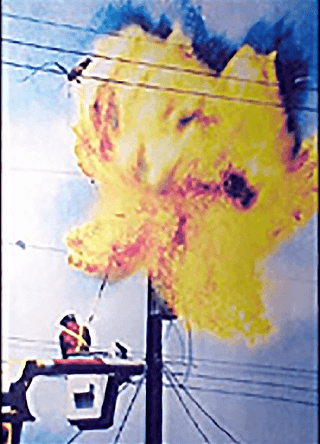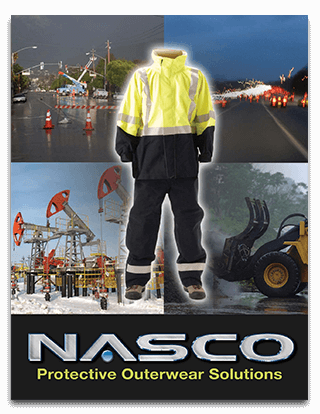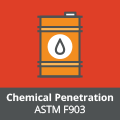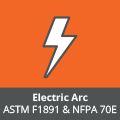Arc Standards
Arc Standards
For electric utility line workers and others that work around energized electrical lines, the hazard of a momentary electric arc flash is real and extremely dangerous. Over the past 11 years, according to a BLS Census of Fatal Injuries report, nearly 2,400 lives were lost by this hazard. In addition to the electrocution aspect, this number includes lives lost as a result of the burn injury sustained in the arc flash.
It is this burn injury that protective clothing is intended to reduce. With temperatures as high as 4000°C (7232°F), an electric arc flash can be extremely destructive. Protective clothing should be utilized in such a way as to reduce the potential burn injury, limiting the amount of the body that would sustain a second degree burn injury.
Detailed hazard analysis can be performed to predict the potential heat energy given off by an electric arc flash. Clothing systems can then be utilized by the worker that would offer sufficient protection should there be an exposure.
Clothing systems protection is described as the Arc Rating. This represents the amount of heat energy the clothing system could be exposed to with a 50% probability of a second degree burn injury. Arc Ratings are expressed in calories/cm2.
| Related Standards | |
|---|---|
| Standard | Name |
| NFPA 70E | Handbook for Electrical Safety in the Workplace, 2021 Edition |
| F1449-20 | Standard Guide for Care and Maintenance of Flame, Thermally and Arc Resistant Clothing |
| F1891-19 | Standard Specification for Arc and Flame Resistant Rainwear |
| F1506-22 | Standard Performance Specification for Flame Resistant Textile Materials for Wearing Apparel for Use by Electrical Workers Exposed to Momentary Electric Arc and Related Thermal Hazards |
| F1959/F1959M-22 | Standard Test Method for Determining the Arc Thermal Performance Value of Materials for Clothing |
| IEC 61482 | Live working – Flame-resistant materials for clothing for thermal protection of workers – Thermal hazards of an electric arc – Part 1: Test methods |
Related articles
- Face Shields: When you’re face to face with arcing hazards, Hugh Hoagland, Electrical World, June 1998
- Minimize Arc-Burning Incidents: Protective clothing knowledge can save Lives, Electrical Contracting & Engineering News, July 1998
- Take the guesswork out of arc-protective apparel, Hugh Hoagland, Electrical World, December 1996
- Winterwear must be warm – It must also be arc protective, Hugh Hoagland, Electrical World, August 1997








